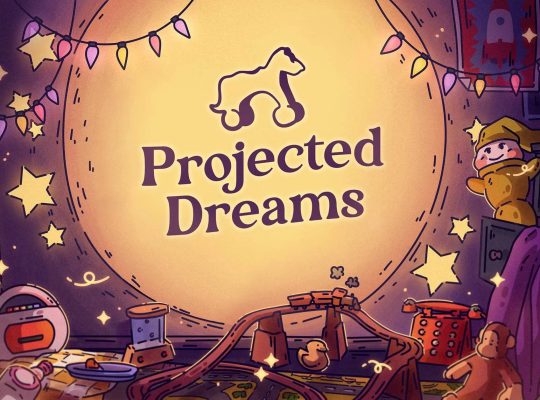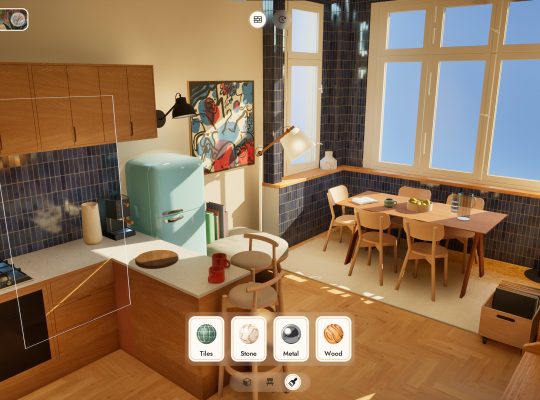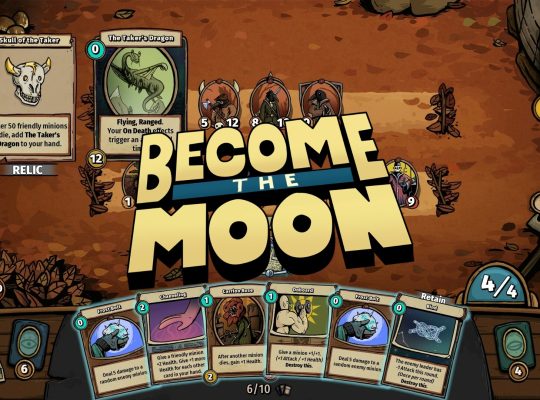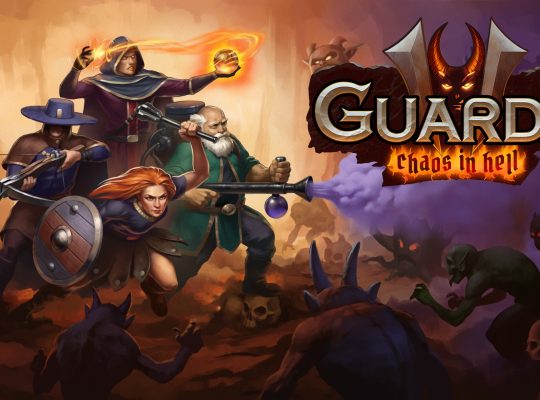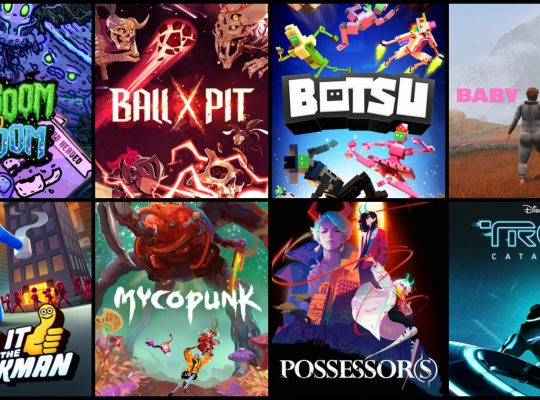- DEVELOPER: Illusion Ray
- PUBLISHER: Illusion Ray
- PLATFORMS: PC, Nintendo Switch, Xbox Series X/S, PlayStation 5
- GENRE: Survival / Horror
- RELEASE DATE: October 17, 2019
- STARTING PRICE: 9,75 €
- REVIEWED VERSION: PC
If you’re a fan of any of the following games: Amnesia: The Dark Descent, Resident Evil 7 Biohazard, Firewatch, The Vanishing of Ethan Carter, Call of Cthulhu, P.T., Remothered: Tormented Fathers, then you’ll probably get a sense of déjà vu after learning about The Beast Inside.
While this first-person horror adventure is clearly inspired by the aforementioned titles, it utilizes already known themes and mechanics in its own fashion, creating a brand new experience for anyone who enjoys thrilling stories, absorbing riddles and intense challenges. And even though we’re a little bit late to the party, it’s worth noticing that this production from Illusion Ray still holds up pretty well after over 5 years since its release.
Who is in control?
The Beast Inside mixes intriguing story-driven adventure with an unnerving survival horror experience. It starts out in 1979 when Adam, the CIA cryptanalyst, leaves the city and moves to the countryside with his wife, Emma. While he is trying to break a military code in order to change the course of the Cold War, strange occurences start to plague the area. And it all started from a mysterious diary written by a man called Nicolas Hyde, who happened to live in the same house in the 19th century. When the stories of the two men come to an inevitable crash, the lives of Adam and Emma are put in great danger. It’s up to the players to decide their fates and unveil how these stories interfere.
Switching between two protagonists in different timelines definitely made the game more intriguing and elaborate. Over the course of 13 chapters we get to experience a spy thriller and supernatural horror, which both lead to the final twist. Adam’s perspective is focused more on solving riddles and finding clues in the local forest. These sections aren’t designed to give us a fright, as they take place mostly during the daylight and there are no active threats to our character, instead we are introduced to a story filled with doubts and unease, caused by an inescapable feeling of being watched. I found those levels far more balanced than the ones with Nicolas, in which dreadful and intense experiences are brought to the forefront.
The story from 1860s is much more diverse in terms of exploration and deadly scenarios. Investigating places such as haunted inn, abandoned mine or gloomy swamp involves dealing with unexpected dangers either by fleeing or defeating them. That’s when the game’s highs and lows become more evident, while some sections deliver pretty effective scares and epic battles, it doesn’t take much for the gameplay to turn into walking simulator with creepy voices in the background.


“What you have said in the dark will be heard in the daylight”
You’ll see a lot of familiar themes in The Beast Inside: mysterious buildings, secret codes, religious symbols, gothic art (Strange Case of Dr Jekyll and Mr Hyde in particular), political conflict, dark heritage and so on. It’s a mix of elements already utilized in other games and pieces of media, like the design of Adam’s home, which closely resembles a house from The Conjuring. Inspiration from the movie industry can also be seen when it comes to the graphics – many shots of the environment have that cinematic aspect to them, especially when play of light is involved. Those atmospheric images of nature kind of make up for humans’ designs, which are alright but not really that interesting.
One thing that stands out right away is remarkable attention to detail. Even small things such as paintings on the walls, specific lines of dialogue and hidden collectibles add more depth and context to the story. The same thing applies to well-thought-out ambience, timing of the music and placement of jumpscares is a textbook example of implementing horror. However, while I appreciate the creativity with the sound, the scares with various monsters are exploited to the point where they are more annoying than effective.


Enigmatic tale
I mentioned that I found Adam’s timeline more consistent than Nicolas’, which is mostly due to the mechanics. Since our protagonist is a cryptanalyst, we get to solve puzzles centered around deciphering messages and cracking codes, there is even a riddle that requires solving the Enigma code (the game not only showed us the actual mechanics of the machine, but also presented historical context of this device, which was another reason I loved it so much.) Unraveling secrets is also connected to another great feature: quantum localizer.
With that tool we’re able to track down previous movement and locate anomalies, which is a brilliant addition to the gameplay – we can feel like a secret agent on a mission to expose conspiracy, which wouldn’t be half as fun with only walking. Moreover, using localizer simply prevents the player from getting lost in the semi-open world, which at some point is quite likely to happen.
When it comes to Nicolas’ perspective, it has its own laws. While here our exploration is also rewarded accordingly (with kerosene for the lamp or newspaper clippings about our family), the gameplay and narrative is mainly focused on facing threats. And there are quite many options for doing so, but not all of them perform well. Like a revolver that we receive only for one boss battle and never hear about it again. Or distraction and stealth sections that played major role in two chapters (in the mine and at the swamp), which for me were the most boring and repetitive parts of the whole game.
The same goes for chase sequences – they were alright, but overused as well. Only boss battles offer some kind of variety, although I have to admit: they nailed the battle from the mine level. The soundtrack was perfect, the pacing felt right, the chase sequence forced you to turn around and close gates, which added more tension. I also enjoyed the final part of that encounter, which was a mix of parkour, timing your movements and making use of environment. Honestly, that part was better even than the final confrontation in Nicolas’ timeline.


Ending thoughts
Taking notes from others can help you improve your ideas and their execution, however taking bits of everything and putting them together lead to messy results. The Beast Inside presents some unique and fun ideas, which tend to get lost in generic gameplay and predictable story. Nevertheless, the struggle with its identity doesn’t change the fact that it offers really decent thriller experience with survival elements. I hope we’ll soon have a chance to see if any improvements were made, as the sequel to this title is already in works, as well as another action horror inspired by dark phenomena, Lightmare.
| Pros | Cons |
|---|---|
| Great story with much to discover. | Overused jumpscares. |
| Cinematic presentation. | Repetitive sections. |
| Rewarding exploration. | Confusing at times. |
| Relevant references and motives. | Uneven tension distribution. |
Review copy provided by the publisher
4




